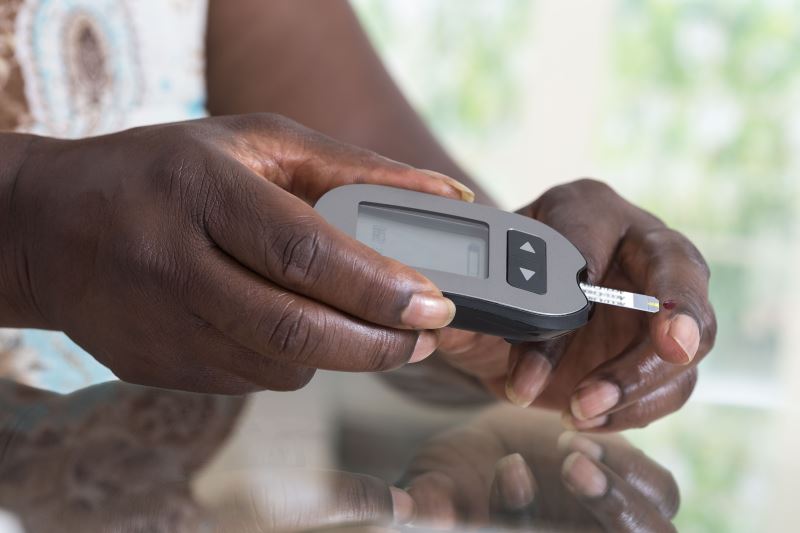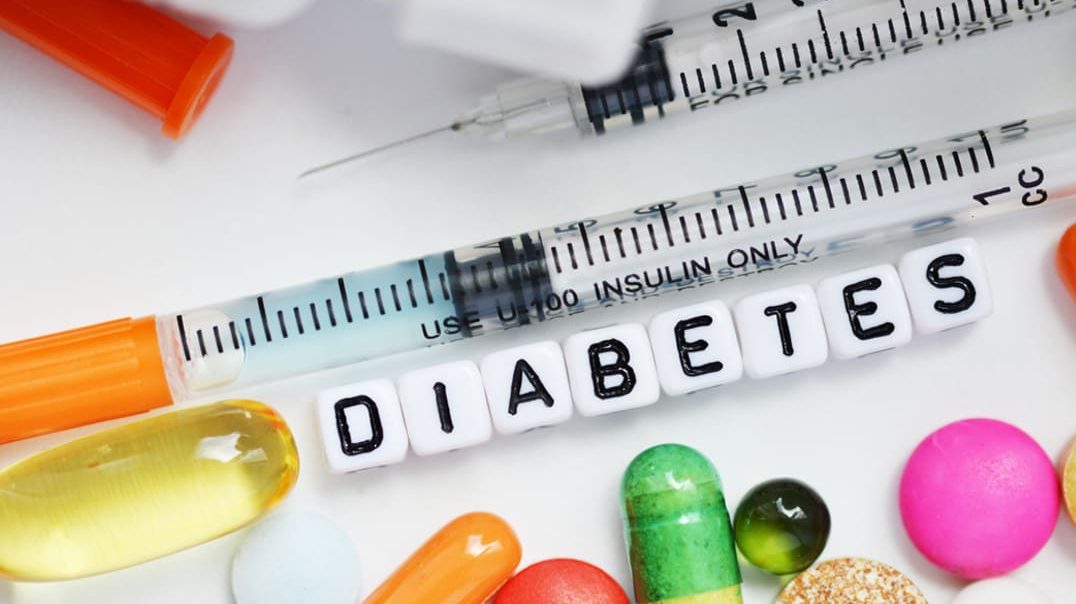The Undercover Malignant Mellitus
By Olajumoke Fakomi
Adams Peter woke up to examine his feet thoroughly (this is a daily routine for a diabetic patient). He noticed a small blood clot on the right foot, and went straight for a medical check-up. It all seemed like a dream when he got to the hospital and his doctor told him the foot had to be amputated urgently. That was the only way he could live.
Nearly 80 per cent of people who have diabetes will eventually die of clot-related causes, according to experts. At the time, Peter was left with no other option than to accept his fate and the following day, the fifty-four-year-old Peter ‘s right foot was amputated, spending nearly N4 million for the surgery. He is one of the over 3 million Nigerians living with diabetes.
According to Diabetes Association of Nigeria (DAN), “Every day over 200 people with diabetes have a limb amputation, that’s over 70,700 per year. The sad thing is that 1 in 4 didn’t know they had diabetes until it was too late.”

Diabetes is a chronic disease that occurs either when the pancreas does not produce enough insulin or when the body cannot effectively use the insulin it produces. Insulin is a hormone that regulates blood sugar. Hyperglycaemia, or raised blood sugar, is a common effect of uncontrolled diabetes and over time leads to serious damage to many of the body’s systems, especially the nerves and blood vessels.
According to W.H.O, in 2014, 8.5% of adults aged 18 years and older had diabetes. In 2019, diabetes was the direct cause of 1.5 million deaths. To present a more accurate picture of the deaths caused by diabetes, then deaths due to higher-than-optimal blood glucose through cardiovascular disease, chronic kidney disease and tuberculosis should be added.
Type 2 diabetes (formerly called non-insulin-dependent, or adult-onset) is one of the types of diabetes we have and it results from the body’s ineffective use of insulin. The majority of people with diabetes have Type 2 diabetes. This type of diabetes is largely the result of excess body weight and physical inactivity. Symptoms may be similar to those of Type 1 diabetes, but are often less marked. As a result, the disease may be diagnosed several years after onset, after complications have already arisen. Until recently, this type of diabetes was seen only in adults but it is now also occurring increasingly in children.
Type 1 diabetes (previously known as insulin-dependent, juvenile or childhood-onset) is characterized by deficient insulin production and requires daily administration of insulin. Neither the cause of Type 1 diabetes nor the means to prevent it are known. Symptoms includes excessive excretion of urine (polyuria), thirst (polydipsia), constant hunger, weight loss, vision changes, and fatigue. These symptoms may occur suddenly.
Gestational diabetes is hyperglycaemia with blood glucose values above normal but below those diagnosed of diabetes. Gestational diabetes occurs during pregnancy. Women with gestational diabetes are at an increased risk of complications during pregnancy and at delivery. These women and possibly their children are also at increased risk of Type 2 diabetes in the future.
According to Dr Ibrahim Shitta, Chief Surgeon, Royal Hospital, Magboro, “Over time, diabetes can damage the heart, blood vessels, eyes, kidneys, and nerves. Adults with diabetes have a two- to three-fold increased risk of heart attacks and strokes.”
He added that combined with reduced blood flow, neuropathy (nerve damage) in the feet increases the chance of foot ulcers, infection and eventual need for limb amputation.
Diabetic retinopathy is an important cause of blindness, and occurs as a result of long-term accumulated damage to the small blood vessels in the retina. Diabetes is the cause of 2.6% of global blindness.
Diabetes is also among the leading causes of kidney failure.
To prevent Diabetes, Dr. Shitta advised that people cultivate a healthy lifestyle: achieve and maintain a healthy body weight, be physically active – doing at least 30 minutes of regular, moderate-intense activity on most days. More activity is required for weight control, eat a healthy diet, avoiding sugar and saturated fats; and avoid tobacco use – smoking increases the risk of diabetes and cardiovascular disease.









